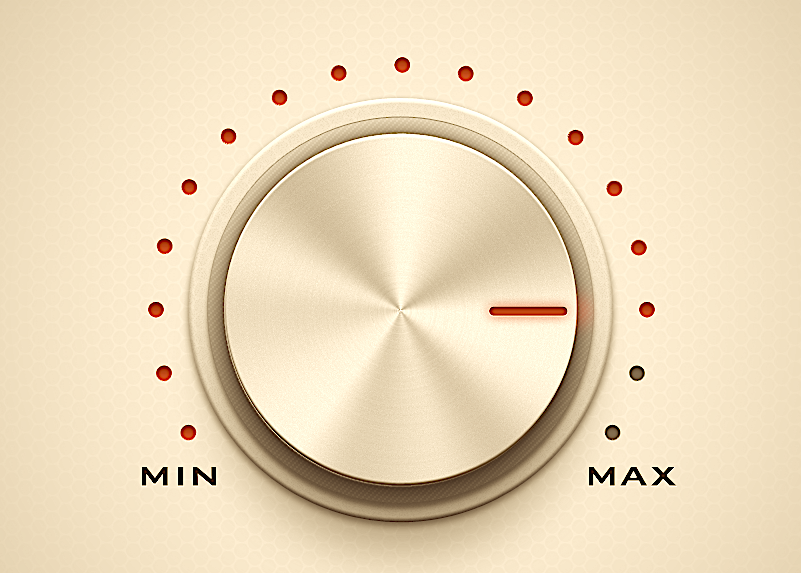
Last week I wrote about Strikeouts and Walks being important indicators of pitching quality and that most of the Reds bullpen is excelling in those areas. Today, in the second half of this “dial down the bullpen angst” series, I address a big concern about the Reds bullpen: the number of home runs they have given up.
Here’s the damage:
- 16 home runs in 69.1 innings
- 2.08 home runs per a 9 inning game (HR/9)
- 24 percent of fly balls have gone for home runs (HR/FB)
Let’s put those numbers in context. The club ranks third worst in HR/9 and worst in HR/FB.
Of those stats, you may be least familiar with HR/FB (the percentage of fly balls that became home runs). But it provides important information.
FanGraphs explains it:
“Pitchers generally don’t have much control over how often fly balls leave the ballpark. They play a major role in allowing those fly balls to begin with, but the difference between a ball clearing the fence and dying on the warning track is largely out of their control and it generally takes several hundred fly balls allowed for that luck to balance out.
As such, HR/FB matters because it tells us if the pitcher is allowing more home runs than we might expect given their batted ball profile. If a pitcher has allowed 200 fly balls during the season, but has allowed just 10 home runs, it’s very likely that he’s been a little bit lucky given that almost no one can consistently run a 5% HR/FB. League average is around 10% and true talent for almost every pitcher is about 8-12%.”
HR/FB hovered around 10% for decades. It was not only consistent league-wide, it was relatively stable for individual pitchers. As sample sizes increased, a pitcher’s HR/FB tended to move toward 10%.
Over the past five seasons, with hitters adjusting swings for launch angles that produce home runs, HR/FB has edged up from 10% to 15%. Last year HR/FB was 15.3% and this year so far it is 15.2%.
That’s the average for bullpens, but what is the range? What do we make of the Reds current HR/FB of 24%?
If you look at the 30 bullpens in 2019, the range of HR/FB was 11% to 18%. 25 teams fell between 13 and 17%. The Reds’ bullpen was in the middle at 15.7%.
So the average for bullpens was 15.3% and teams were clustered in a narrow range around it.
But that convergence often takes a while as the season progresses. In the first month of 2019, bullpen HR/FB ranged from 7-22%. After 60 games, that spread was cut significantly, with 19.7% being the high and 8.6% being the low. As the sample size increases, HR/FB moves toward league average with slight variations based on park size and quality of pitching.
What does that mean for the 2020 Reds?
The Reds right now are at the top end of HR/FB. But it is extremely improbable the Reds bullpen will continue to give up home runs at this high rate.
In fact, their numbers are already improving. It has declined from 29% to 24% in two weeks.

Look at individual pitchers. A week ago, Michael Lorenzen had given up home runs on 42.9% of the fly balls hit against him. Lorenzen was struggling with his control, but that HR/FB was based on a tiny number of pitches and a bunch of bad luck. No way Lorenzen would continue with a HR/FB of 43%. In fact, one 3-inning appearance later and that number is down to 30%. It will continue to decline as the season progresses.
Amir Garrett, Nate Jones and Cody Reed also had absurdly high HR/FB a week ago. So did Robert Stephenson and Joel Kuhnel.
The point is, it won’t last.
It would be far worse if those pitchers were having a tough time with Strikeouts and Walks. Even based on such a few innings, those stats tell us much more about how a pitcher is performing than the home runs he’s given up.


